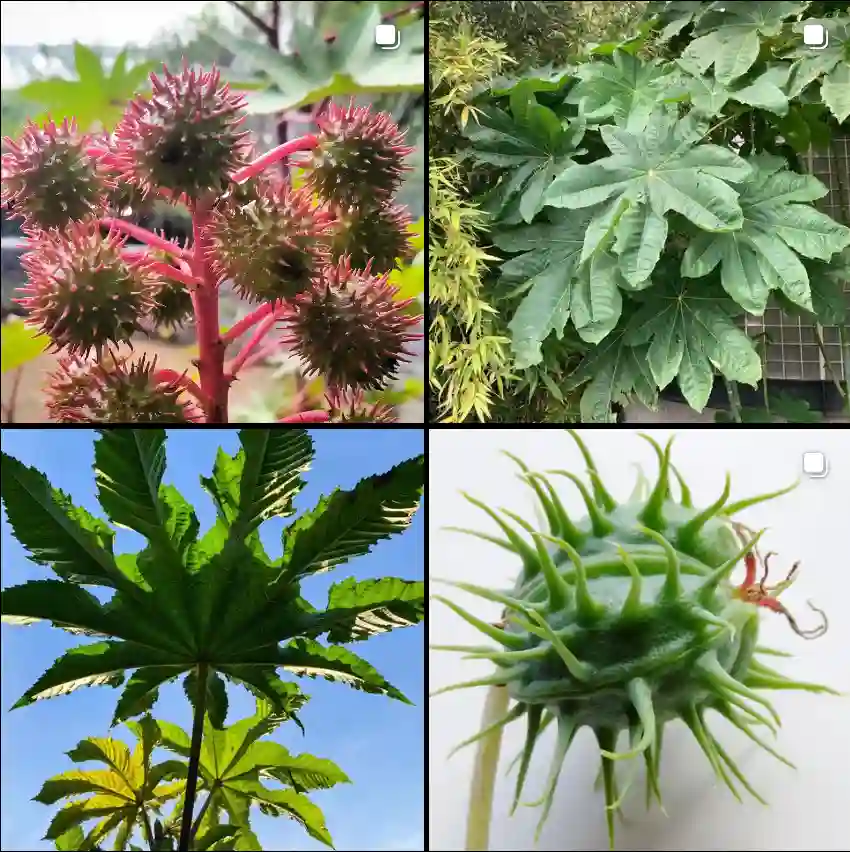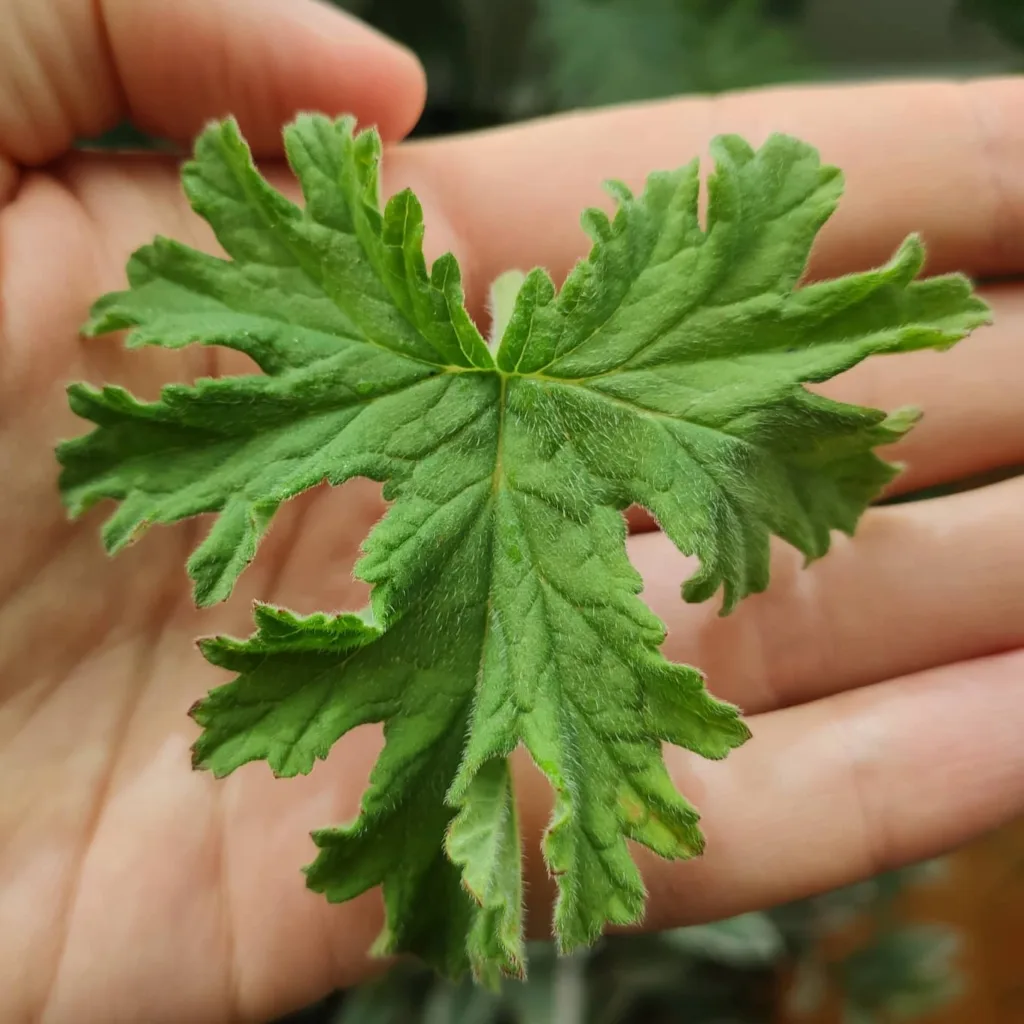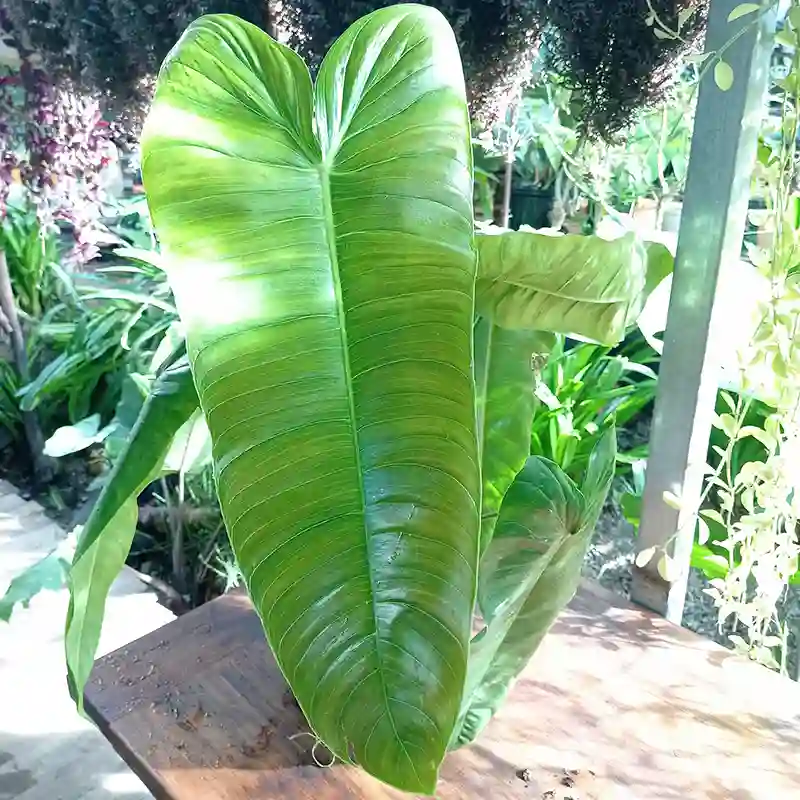FAQs About Parietaria Officinalis
As someone who has delved deeply into the world of plants, I’ve come across many intriguing species, but Parietaria Officinalis stands out for its unique characteristics and versatile uses. Whether you’re a gardening enthusiast or just curious about this plant, here are some frequently asked questions that I often encounter.
What is Parietaria Officinalis?
Parietaria Officinalis, commonly known as Pellitory of the Wall, belong to the Urticaceae family, is a perennial herb that thrives in various climates. Native to Europe, it has made its way to many other parts of the world. This plant is known for its small, inconspicuous flowers and broad, ovate leaves. It’s often found growing in cracks of walls or old buildings, hence the name “Pellitory of the Wall”.
Plant Family: 59 Genera in Urticaceae – Nettle Family
How to Care for Parietaria Officinalis?
Caring for Parietaria Officinalis is relatively straightforward. Here’s what I’ve learned:
- Light: This plant prefers partial shade but can tolerate full sun, especially in cooler climates. In hotter regions, it benefits from some protection from the intense afternoon sun.
- Soil: It thrives in well-drained soil, though it can adapt to various soil types, including poor and rocky soils. Ensuring good drainage is key to preventing root rot.
- Watering: Regular watering is essential, especially during dry periods. However, be cautious not to overwater, as this can lead to root issues. The soil should be kept moist but not waterlogged.
- Temperature: Parietaria Officinalis is quite hardy and can withstand a range of temperatures. It prefers moderate temperatures and can handle light frost but might need protection in harsher winters.
How to Propagate Parietaria Officinalis?
Propagation of Parietaria Officinalis can be done through several methods:
- Seeds: Sowing seeds directly in the soil is a common method. The seeds should be planted in spring or early summer. They need light to germinate, so just press them into the soil’s surface rather than covering them completely.
- Cuttings: You can also propagate this plant through cuttings. Take a healthy cutting from a mature plant, remove the lower leaves, and plant it in a pot with well-draining soil. Keep the soil moist and the cutting in a shaded area until roots develop.
What to Plant With Parietaria Officinalis?
Parietaria Officinalis pairs well with various other plants. Here are a few suggestions based on my experience:
- Shade-Loving Plants: Since it thrives in partial shade, you can plant it alongside other shade-loving species like ferns, hostas, or astilbes.
- Ground Covers: It makes a great companion for ground covers like creeping thyme or sedum. These plants can help create a lush, green area while complementing the Pellitory’s growth.
- Herbs: You can also plant it with herbs such as mint or chives, which share similar soil and light requirements.
Is Parietaria Officinalis Toxic?
One of the common questions I get is about the toxicity of Parietaria Officinalis. The good news is that it is generally considered non-toxic to humans and pets. However, as with any plant, it’s wise to avoid ingestion in large quantities, especially since some people might have allergies or sensitivities.
Benefits of Parietaria Officinalis
Parietaria Officinalis offers several benefits, which I’ve found quite interesting:
- Medicinal Uses: Traditionally, this plant has been used in herbal medicine. It is believed to have anti-inflammatory and diuretic properties. Some use it to treat respiratory issues and urinary tract infections.
- Ecological Value: It can act as a ground cover, helping to prevent soil erosion and providing habitat for various insects.
- Aesthetic Appeal: While not the showiest plant, it contributes to a natural and rustic garden look, especially in a wild or cottage-style garden.
Common Problems with Parietaria Officinalis
Despite its hardiness, Parietaria Officinalis can face some issues:
- Pests: Like many plants, it can be susceptible to pests such as aphids and spider mites. Regular inspection and prompt treatment with organic pesticides can help manage these problems.
- Diseases: Root rot can occur if the plant is overwatered or if the soil lacks proper drainage. Ensuring good drainage and avoiding waterlogging is crucial.
Compare with Other Similar Plants
Parietaria Officinalis is often confused with other plants due to its similarity to some weeds and herbs. Here’s a brief comparison:
- Pellitory of the Wall vs. Nettle: Unlike nettle, which has stinging hairs, Parietaria Officinalis is smooth and does not cause skin irritation.
- Pellitory of the Wall vs. Lamb’s Ear: Both can be used in similar growing conditions, but Lamb’s Ear has soft, fuzzy leaves, while Parietaria Officinalis has smoother foliage.
In summary, Parietaria Officinalis is a resilient and versatile plant that can add value to your garden in multiple ways. Its ease of care, minimal toxicity, and various benefits make it an excellent choice for many gardeners. Whether you’re looking to enhance your garden’s aesthetics or explore its medicinal properties, this plant is worth considering.
If i die, water my plants!



